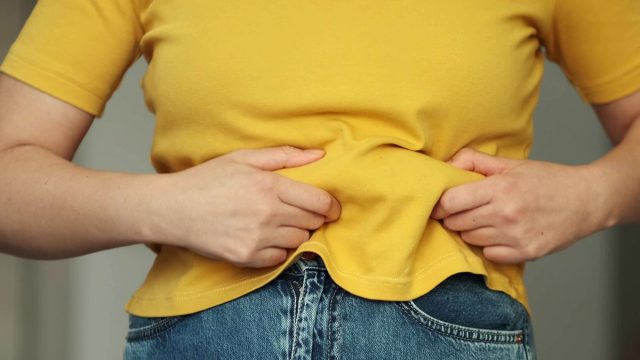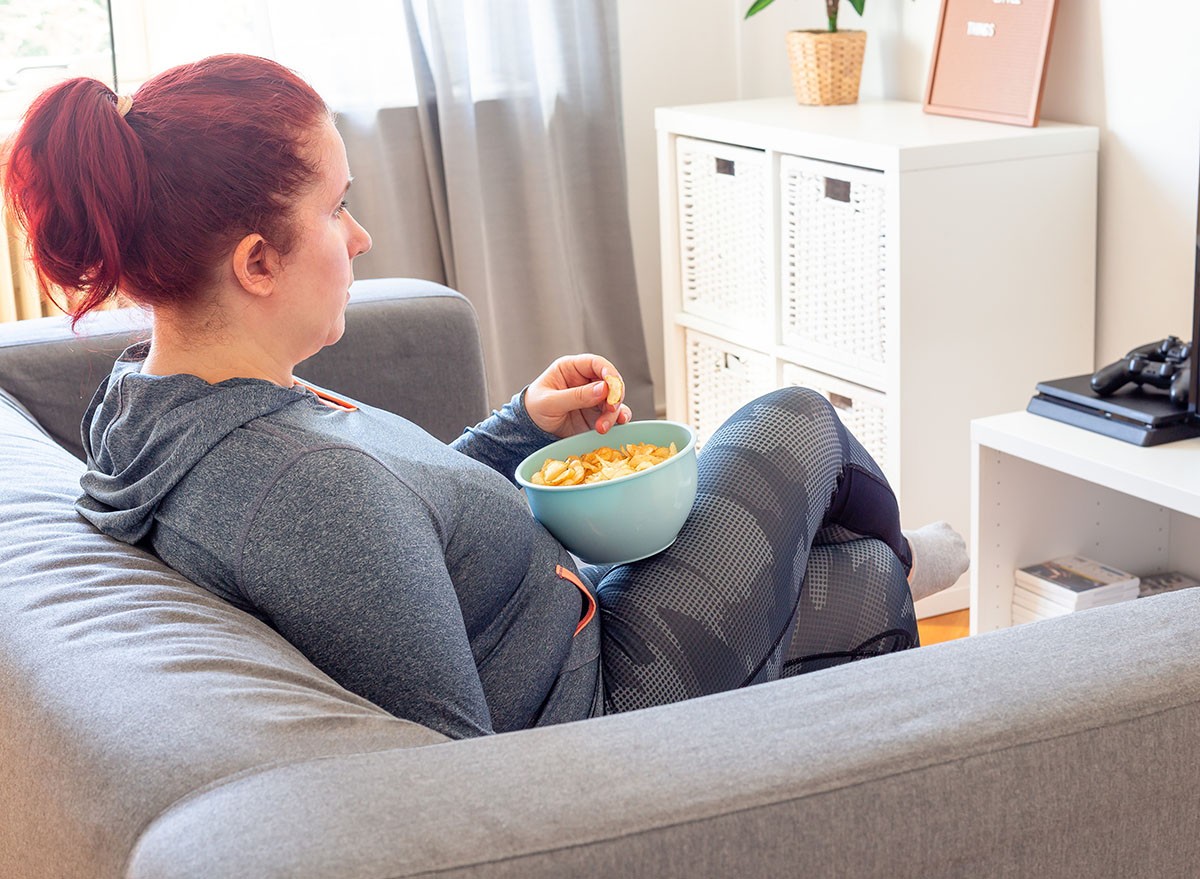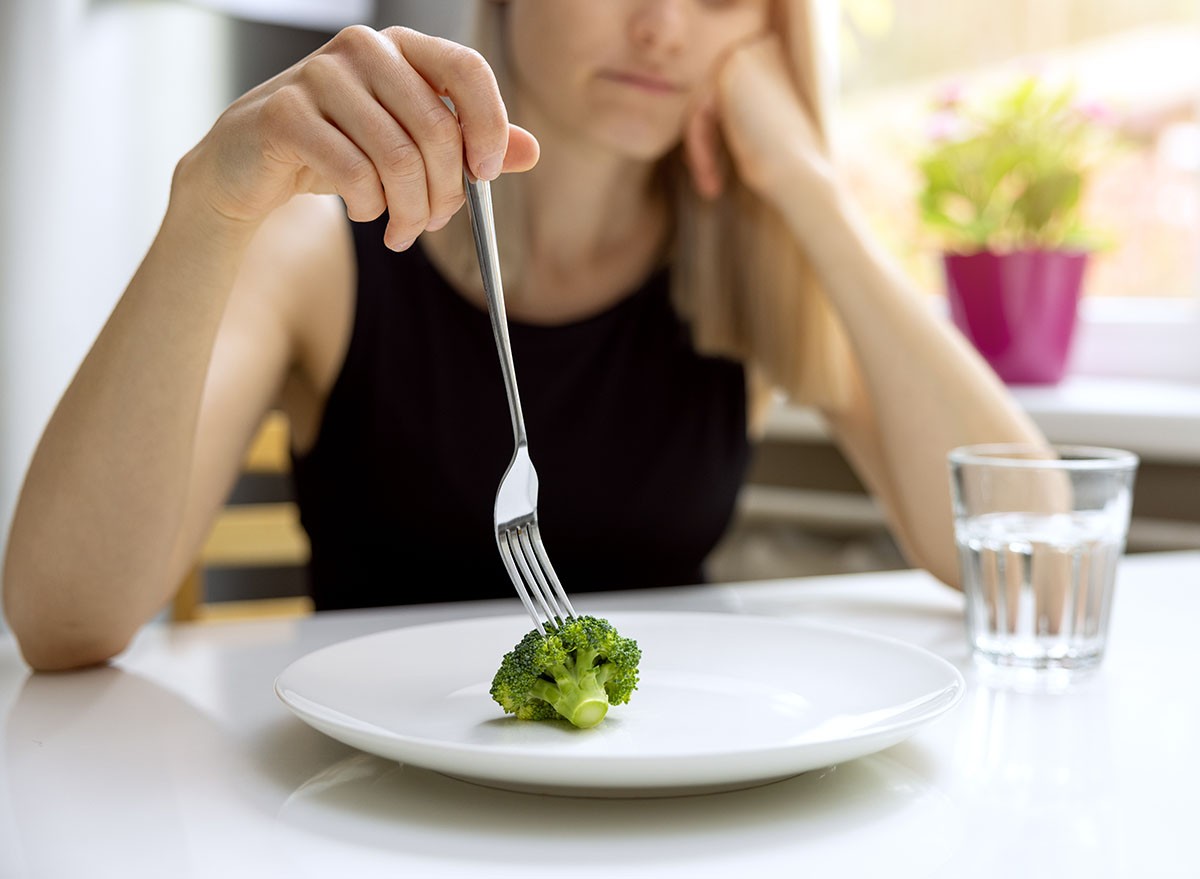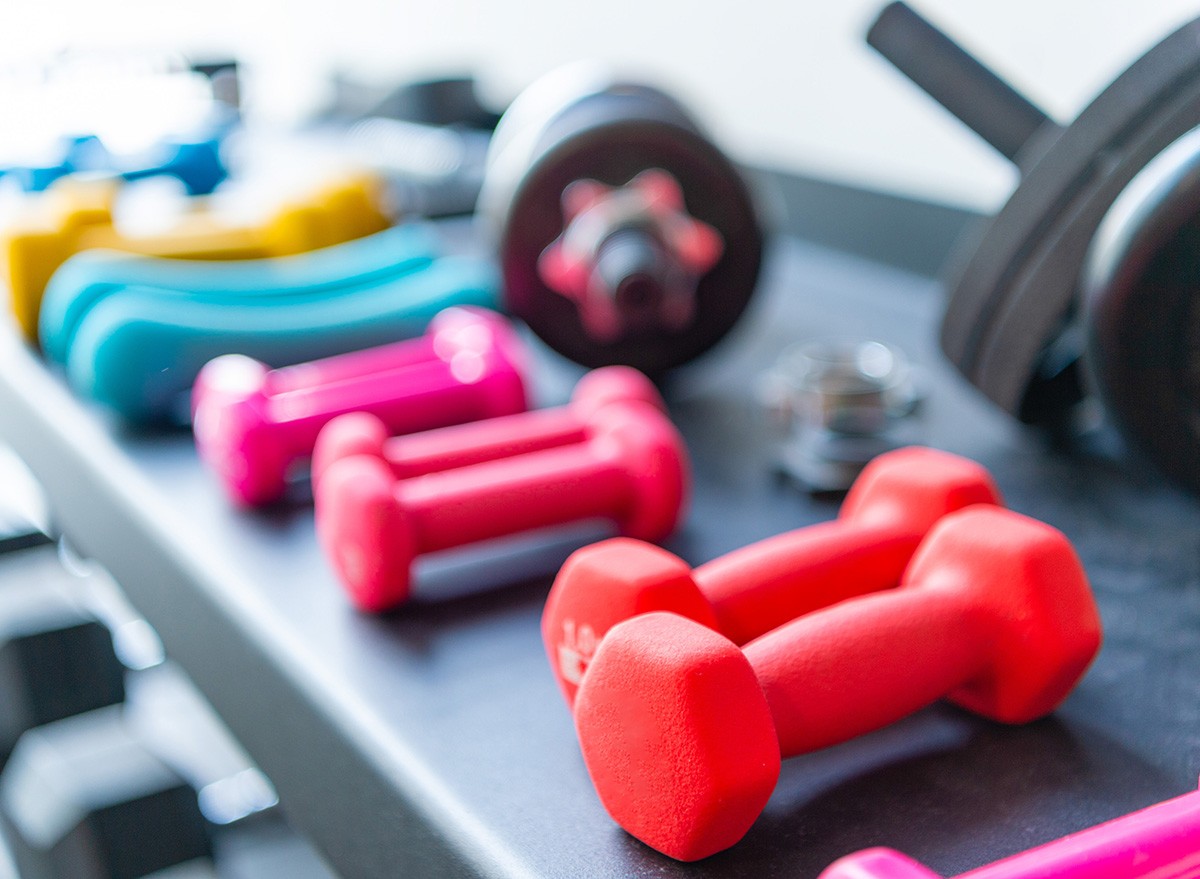7 Surprising Habits That Stop You From Burning Fat, According to a Trainer

Everyone wants to speed up their metabolism to burn fat faster and maximize weight loss. But how do you do it? According to the NIH, various factors impact your basal metabolic rate, some of which are set in your DNA, including gender and race, and others that are variable, including exercise and diet. Some of your daily habits could be slowing down your fat-burning engine. According to Los Angeles Personal Trainer Mr. America Jason Kozma, High Performance Personal Training, here are seven daily habits secretly sabotaging your metabolism.
Skipping Meals (Especially Breakfast)

The first habit that could be damaging your metabolism is skipping meals. "When you regularly skip meals, your body shifts into a conservation mode, slowing down metabolism to preserve energy. This can lead to increased fat storage and decreased calorie burn over time. Skipping breakfast in particular has been linked to insulin resistance and poor appetite regulation later in the day," Kozma says.
Not Getting Enough Sleep

Getting sleep is an easy metabolism-boosting habit. "Lack of quality sleep disrupts hormone balance—especially cortisol, insulin, and ghrelin—which can slow your metabolism, increase cravings for unhealthy food, and hinder muscle recovery and fat burning," Kozma says.
Sitting for Long Periods

Sitting is the new smoking, Kozma maintains. "Extended periods of inactivity can lead to decreased muscle activity and insulin sensitivity. Even if you exercise daily, being sedentary the rest of the time (a.k.a. being an 'active couch potato') can still negatively affect your metabolism," he claims.
Eating Too Little (Extreme Calorie Restriction)

Severely restricting calories might seem like a shortcut to weight loss, but it will backfire by slowing your metabolism. "Your body thinks it's starving, so it reduces energy expenditure and breaks down muscle for energy, which further decreases metabolic rate," says Kozma.
Not Drinking Enough Water

Hydration is important when you are trying to lose weight. "Hydration is essential for efficient cellular and metabolic processes. Even mild dehydration can slow down your metabolism, reduce energy levels, and impair fat oxidation," says Kozma.
Neglecting Strength Training

Skipping a strength training workout isn't good for your metabolism. "Muscle mass is metabolically active—it burns more calories at rest than fat. Skipping resistance training means you may lose muscle over time, reducing your resting metabolic rate and overall calorie-burning potential," explains Kozma.
High Intake of Processed Foods

You should also avoid processed foods to keep your metabolism revving. "Highly processed foods often contain added sugars, unhealthy fats, and low fiber, which can disrupt blood sugar and insulin levels. They also require less energy to digest than whole foods, meaning your body burns fewer calories during digestion," he says. And if you enjoyed this article, don't miss these 8 High-Protein Foods with Nearly Zero Calories That Melt Fat.




